Rising Energy Costs
The escalating costs of energy are significantly influencing the Door Insulation Market. As energy prices continue to rise, homeowners and businesses are increasingly motivated to invest in insulation solutions that enhance energy efficiency. Insulated doors play a crucial role in reducing heating and cooling costs, thereby providing a return on investment over time. Market data indicates that the demand for door insulation products has surged, with a notable increase in sales reported in regions experiencing high energy prices. This trend suggests that consumers are prioritizing energy-efficient solutions, further driving the growth of the door insulation market.
Energy Efficiency Regulations
The increasing emphasis on energy efficiency regulations is a pivotal driver for the Door Insulation Market. Governments worldwide are implementing stringent standards aimed at reducing energy consumption in residential and commercial buildings. For instance, regulations such as the Energy Star program encourage the adoption of energy-efficient products, including insulated doors. This trend is expected to propel the demand for high-performance door insulation solutions, as consumers seek to comply with these regulations while minimizing energy costs. The market for door insulation is projected to grow significantly, with estimates suggesting a compound annual growth rate of over 5% in the coming years, driven by these regulatory frameworks.
Increased Construction Activities
The resurgence of construction activities across various sectors is a key driver for the Door Insulation Market. With urbanization and population growth, there is a heightened demand for residential and commercial buildings, leading to increased investments in construction. This trend is particularly evident in emerging markets, where infrastructure development is a priority. As new buildings are constructed, the incorporation of energy-efficient features, including insulated doors, becomes essential. Market forecasts indicate that the construction sector's growth will directly correlate with the demand for door insulation products, further propelling the industry's expansion.
Consumer Awareness of Environmental Impact
There is a growing consumer awareness regarding the environmental impact of energy consumption, which serves as a significant driver for the Door Insulation Market. As individuals become more conscious of their carbon footprints, the demand for sustainable building materials, including insulated doors, is on the rise. This shift in consumer behavior is prompting manufacturers to innovate and offer eco-friendly insulation solutions. The market is witnessing an increase in products made from recycled materials or those that contribute to energy savings, aligning with the sustainability goals of consumers. This trend is likely to enhance the market's growth trajectory in the coming years.
Technological Innovations in Insulation Materials
Technological advancements in insulation materials are transforming the Door Insulation Market. Innovations such as the development of advanced foam and composite materials are enhancing the thermal performance of insulated doors. These materials not only provide superior insulation but also improve durability and aesthetic appeal. The introduction of smart insulation technologies, which can adapt to changing environmental conditions, is also gaining traction. As manufacturers continue to invest in research and development, the market is expected to benefit from a wider range of high-performance insulation products, catering to diverse consumer needs and preferences.


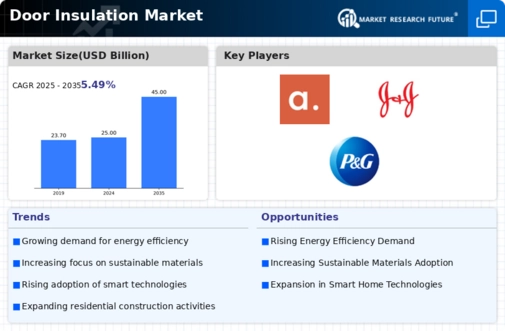
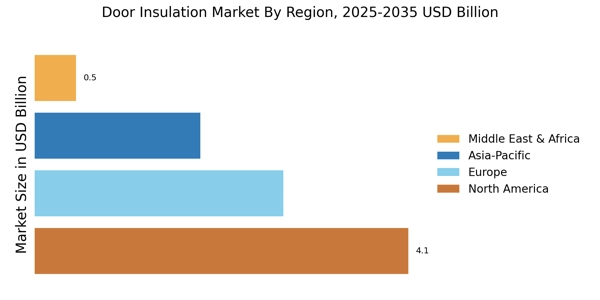

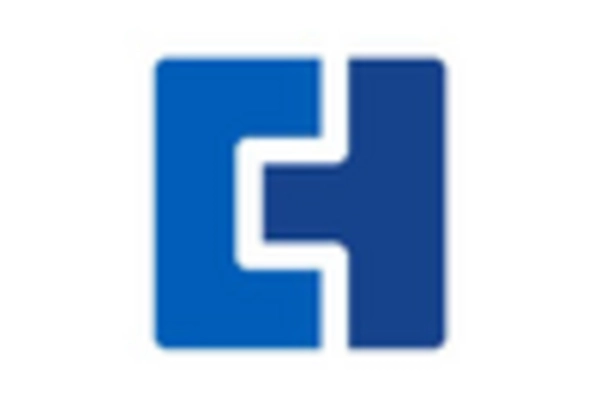
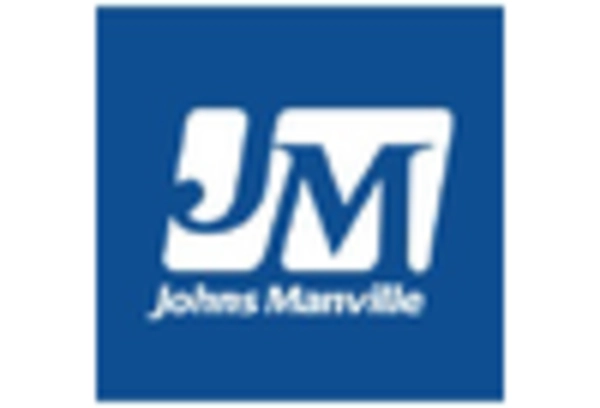
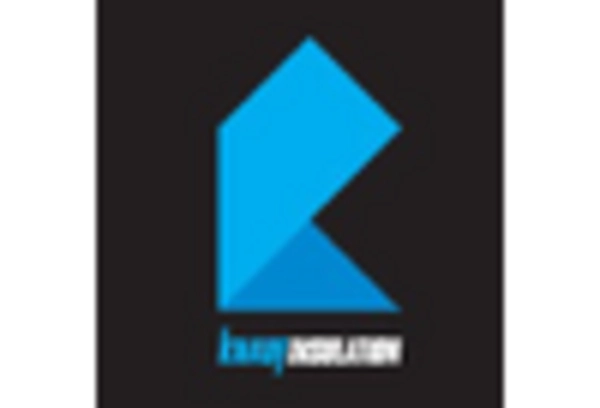
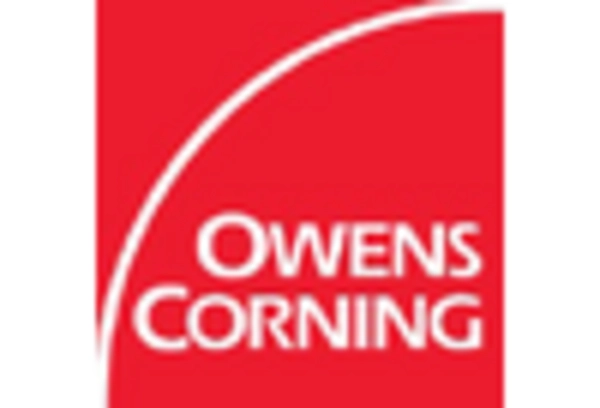
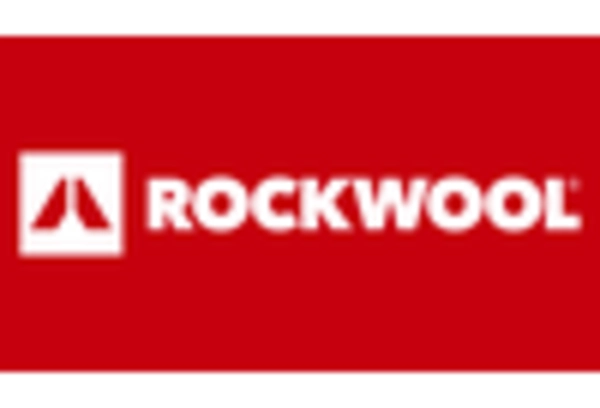








Leave a Comment